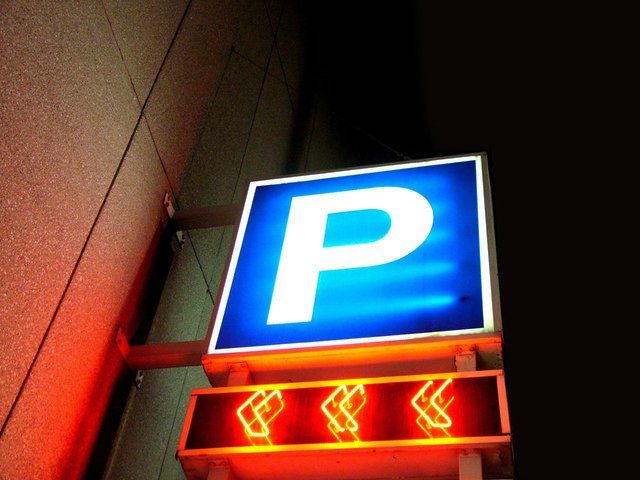The time when every homeowner in Singapore is guaranteed a parking space for their property looks like it could finally be consigned to the history books, along with a reduction in the number of lots assigned to office and mixed use sites. More and more measures have been put in place in recent years, first of all giving developers the option to reduce the number of parking spaces for a development, and more recently with a cap on the number of spaces they are allowed to build. It has sparked a debate where many people are worried the situation may become like that faced by homeowners in Hong Kong, where lots are frequently sold for millions of HK$, especially as finding an available space is already difficult at peak times here in Singapore.

Traditionally in Singapore, condominiums provided each unit with their own parking space, with a number of other spaces set aside for visitors. It was one of the selling points of new developments, and had started to be seen as a right as opposed to a perk. In a significant shift in policy however, the URA looks like it is set to change the way people look at parking, in the hope that, in turn, it will alter the way people commute to and from work and travel around the island. This is of course very much in keeping with the government’s “walking and cycling plan” as well as their push for a more car-lite nation.
The first sign of change came as long ago as 2005, when the URA announced that they, in conjunction with the LTA were introducing Range-Based Car Parking Standards (RCPS). This gave developers a freer hand in deciding on the car parking provisions for future non-residential developments, based on a number of factors including its location, and its proximity to a MRT or LRT station. Generally speaking these measures allowed developers to reduce the number of parking lots by up to 20% of the existing Car Parking Standard (CPS).
Fast forward to August 2016, and the URA went one step further when it imposed its first ever cap on the number of spaces that could be built on a site. The mixed–use site in Central Boulevard at Marina Bay had its parking lots capped at 80% of the minimum Car Parking Standards. In real terms, this equates to a reduction in spaces of 252 down from 315. The reason cited for this decision was the ready availability of public transport, meaning that people were less reliant on their private vehicles. The URA also stated that future sale sites that had comparable transport links could very well face similar measures.
Parking lots and season tickets are already bought and sold in Singapore, but nowhere near to the extent – or at the same prices – that it goes on in car parking space strapped Hong Kong. There, lots change hands regularly for more than HK$4million (S$717,000). Though it is unlikely to get to that level, there will be individuals and businesses who will be forced to take such measures if they are unable – or unwilling – to change their lifestyle or transport policies.
New Launch Condos that are within 5 minutes walk to MRT station and provide a minimum 80% parking spaces
New launches that are near MRT station and one-to-one parking lot is available for residents.
